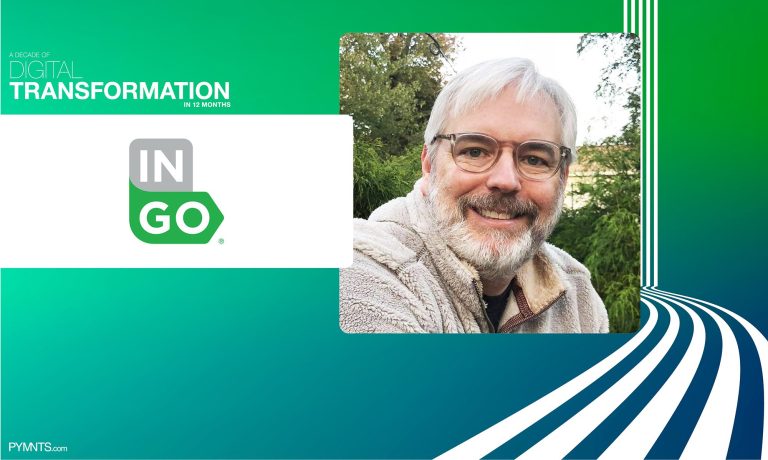
In A Decade of Digital Transformation in 12 Months, 46 C-suite executives spoke with PYMNTS for its Q2 eBook on what the world will look like as recovery rolls on and the next iteration of normal rolls out. In this excerpt, Drew Edwards, CEO of Ingo Money, writes about how the pandemic triggered an urgent need for a widespread shift to digital disbursements, including real-time payments, and what that means for the future of the industry.
Read the entire eBook here.
One of the overriding business themes of the pandemic has been the accelerated pace of digital transformation. Many executives across multiple industries have speculated they were able to pack 10 years’ worth of digital innovation into one year because of customer and employee demands. The same holds true for payments. Consumer behaviors, business realities and technology advancements all came together over the last year to produce change at a breakneck pace. From the explosion in buy now, pay later (BNPL) options to a preference for web and phone purchases to a fast retreat from cash as a preferred exchange medium, many of these new behaviors are here to stay.
One of the most compelling shifts with one of the largest addressable markets is the move to digital disbursements, or payments from businesses and organizations to individuals and small businesses. These can range from government and insurance payouts to travel refunds and online gambling payouts.
Historically, the majority of these payouts were handled via ACH or paper check — expensive, inefficient methods of exchange that can take days to complete and introduce manual complexity for both the issuer and the recipient. Further, payors made the decision for what method would be used to pay funds in these transactions based on how they preferred to execute.
One of the federal government’s signature relief programs during the pandemic, multiple rounds of direct-to-consumer stimulus payments, highlighted the ineffectiveness and fragile nature of this traditional system. People who had not filed tax returns, who did not hold bank accounts, or who had changed bank accounts faced extended delays at a time when they needed money most desperately.
Worse, those who received late paper checks weeks after everyone else then had to find a way to cash or deposit them. Without a traditional bank account or in the case of a negative bank account balance, a portion of those funds often went to check cashers or other associated fees.
Inadvertently, the pandemic and this uneven relief program highlighted the urgent need for an industry-wide shift to digital disbursements, including real-time payments. Using a platform like Ingo Money and its vast payment network would have allowed funds to be instantly sent to the endpoint of each person’s choice — a debit card, bank account, credit or prepaid card or even an online wallet. Relief would have arrived instantaneously with minimal hassle, expenditure, and with automatic reconciliation.
Before the pandemic, a number of innovative and companies had already begun this move to digital disbursements. From loan proceeds and insurance claims to gig worker and marketplace payouts, these pushes for real-time disbursements stood as early examples of an emerging new standard in payments.
Now, with consumer shifts to digital cash and payments locked in by the pandemic, and lessons learned from the government’s stimulus challenges, a wave of new entrants leveraging recipient choice with instant and digital options like tip payouts, corporate incentives, agent commissions, and P2P payments will join these early pioneers.
Today, we stand on the cusp of a rapid industry-wide move to digital disbursements. No federal or state organization nor private company wants to be caught flat-footed in the next time of crisis. But even more importantly, they have gained a glimpse into what’s possible — a smoothly functioning, highly efficient payments approach that offers a superior experience exceeding all customer expectations.